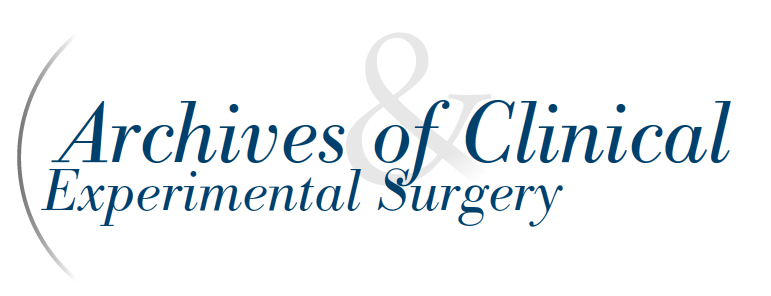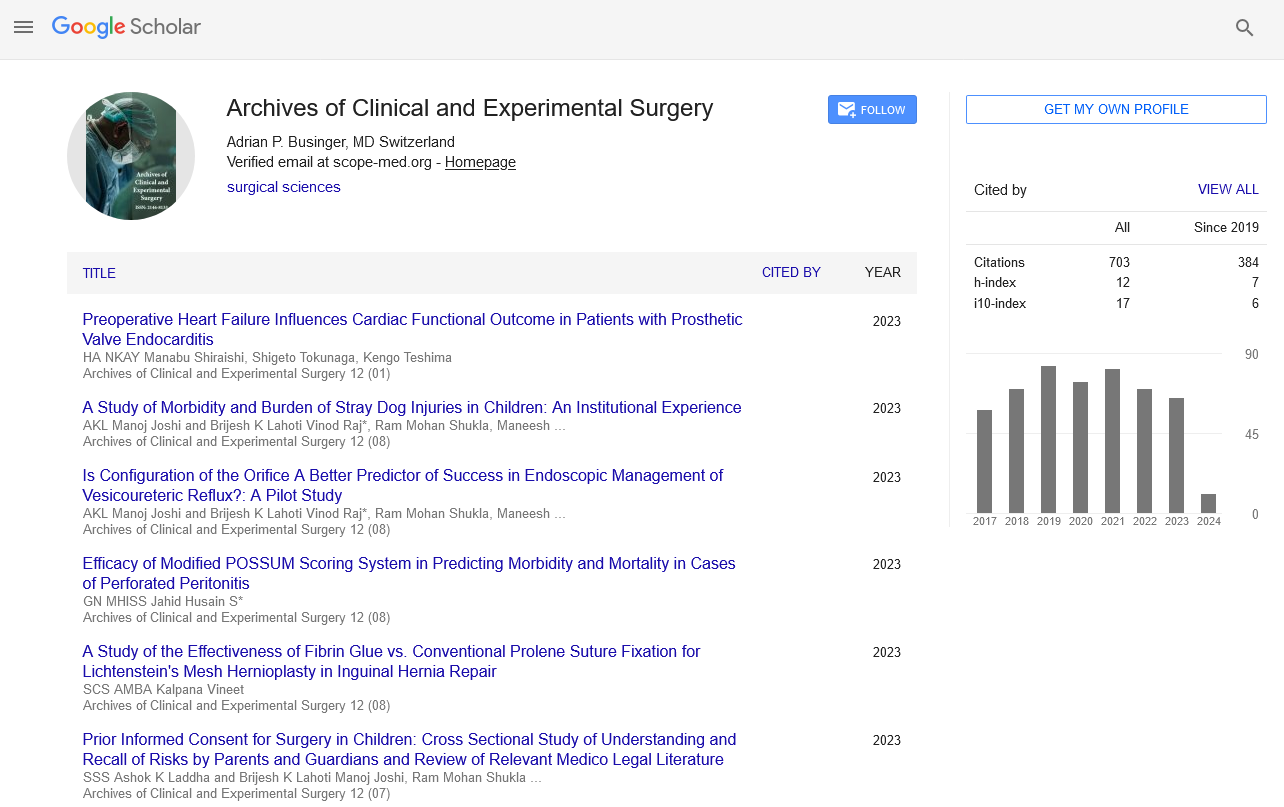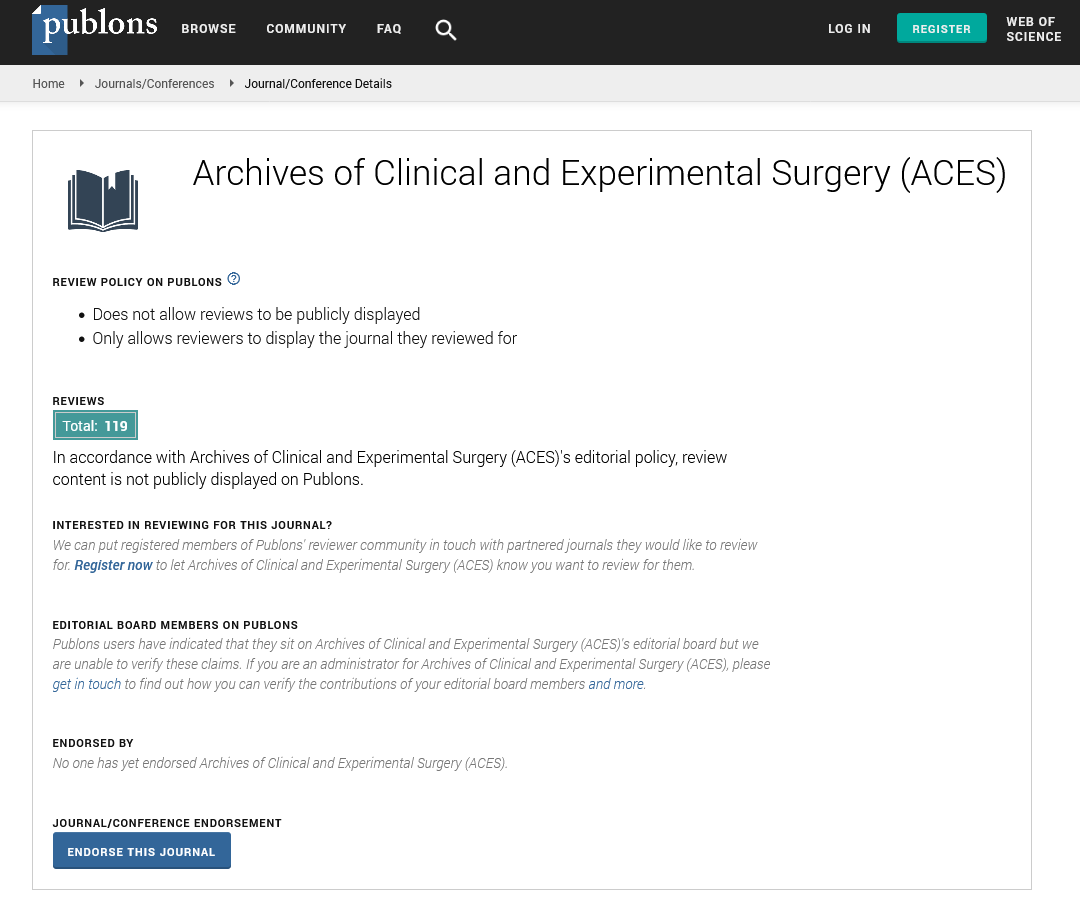Evaluation of the usability of image projecting augmented reality technique: An experimental study on fresh cadaveric cattle brain
Abstract
Ahmet Gokyar, Cengiz Cokluk
Aims: Detection of the lesion location seated deep in the brain parenchyma and major neuroanatomical sites is an extremely important is-sue in the practice of neurosurgery. Some type of neurosurgical clinical cranial navigation systems is available in the market. Before using this navigation system in an operation, it needs some preparation period including obtaining of some specific neuro-radiological images and software installation with complex computer programs. In this experimental study, it was evaluated that usage of projecting augmented reality technique simply produced from external image projector in the localization and finding of the frontal horn of the lateral ventricle in the fresh cadaveric uncovered cattle brain. Methods: Fresh cadaveric cattle brains equally selected in terms of size and weight were used for this experimental study. Eleven brains were axially sliced from a superior to inferior direction to obtain of master JPEG image of each section. The original magnification was kept by using a ruler placed on the right lateral of the images. All images were transferred into the computer. The axially sectioned speci-men demo images’ including the lateral ventricle section was projected over the integrated specimens over the superior face. A puncturing needle was inserted from surface to the frontal horn of the lateral ventricle of the fresh cadaveric cattle brain according to the guidance of augmented reality images. Coronal sectioning was performed at the level of puncturing needle-inserting site in order to check the correct location of the needle tip. Results: Twenty-two fresh cadaveric cow brains were used in this experimental study. The brains were grouped into two categories as image generation (n=11) (Group I) and intervention (n=11) (Group II). In two (18. 18%) of the experimental model, the location of the needle was found bad. Average results were achieved in six (54. 54%) of the fresh cadaveric cow brains. In the remaining three (27. 28%) of the cow brains, the location of the needle tip was found in good location. The successful results were obtained in nine (81. 82%) of the experimental materials using image projecting augmented reality technique in fresh cadaveric cow brains.Conclusion: In conclusion, the augmented reality procedure may enhance the ability of locating lesion and the detection of neuroanatomi-cal sites. There are different types of augmented reality procedures which can be used for neurosurgical procedures. Some of augmented reality procedures are complicated, difficult and time requiring procedure before ready to be uses in the operating room. The usage of sim-ple and fast augmented reality procedure created with projecting of the images over the brain surface was evaluated in this experimental study. The results of this study revealed that the image projecting augmented reality procedure is a safe, fast, and simple procedure. It also shows that the procedure provides the accurate location of the preoperatively selected target seated within the brain parenchyma. This procedure may be used in the brain operations in the location of the lesion after more detailed and further investigations.
PDF






